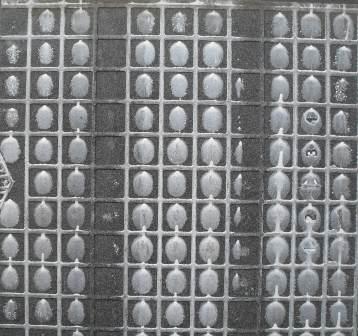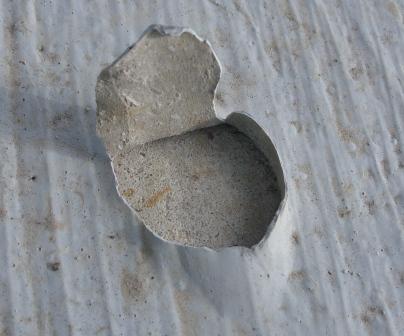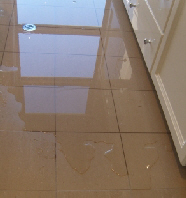
| Tiling Assessments |
| About us |
| Building Inspections |
| The AS codes |
| The BCA |
| Contact us |
| Tiling and the AS codes |
|
The Australian Standard AS 3958.1:2007 is the criteria for the installation of a product or material in the tilelaying trade. For example, the adhesive coverage on a wall tile should align to the AS 3958.1:2007 as it recommends on p84 for internal wet-area wall tiling to have 90% coverage and on external wall tiling to have 90% adhesive coverage respectively. On wet-area floor tiles the adhesive coverage should be 90%-100% for internal and external tiling. There should be no voids around the edges of the floor tiles. Competent tradesman should identify and determine all the factors in any tiling project including the performance requirement, the tile's characteristics, the tile weight, substrate integrity, working surface geometry, waterproofing, movement factors, shrinkage and moisture factors plus what materials are required, including expansion and contraction movement joints before planning and designing the tiling system. The objective and criteria of performance requirement to the AS3958 is to install tiles consistently and reliably using competent workmanship skills and suitable tiling techniques. The AS 3958.1:2007 does not describe workmanship tasks or the step by step procedure for example to cleaning a concrete floor of contaminates such as dust, oils, curing and release agents & barrier films. The AS3958.1:207 does not describe how to fix ceramic tiles. The decision on how to proceed in cleaning or tiling should be based on qualifications, experience and knowledge. Inconsistency between the BCA and AS codes can be demonstrated in the BCA. It does not cover tiling to a balcony, while the AS3958.1:2007 covers waterproofing and tiling to a deck or balcony. The AS3958.1:2007 is not a reference document in the BCA, but the AS3958.2:1992 c4.7 requires the comprehensive list and detail on the tiling system to be included in the working plans and specifications for the construction of tiling work in buildings. AS3958.2:1992 c 4.7 PREPARATION OF DRAWINGS AND SPECIFICATIONS. This code states: “There should be a written specification and working drawings for every tiling job no matter how big or small”. This clause cannot be understated as many waterproofing and tiling failures we inspect are directly caused by the omission of design and specifications caused by substandard workmanship. AS3958 recommends movement joints should be detailed in the working drawings and specifications describing the type the dimension of the joint the sealant type and locations. Describe the areas to be tiled in specifications and on the working drawings including the tiling orientation (diagonal or laid square etc) and the placement of any borders, inserts, trims, mouldings, nosing’s and other accessories etc. The tiling system should be designed to be compatible with the background structure (brick, stud framed other) see AS3958.1:2007. What are the performance requirements (industrial, commercial, residential) to identify the type and classification of the selected tile? Select and specify the tiles the tile fixative (tile adhesive) type including mortars, additives, primers, bond breakers and the water membranes. AS3958.1:2007 recommends that the designer include recommendations on the installation of substrates. Use the AS3958.2:1992 to design the expansion and contraction joints. AS3958.1:2007 recommends to designers that preparation of surfaces for tiling and grouting is essential. Use the appropriate workmanship tiling techniques to suit the work task the environment in accordance to the required performance requirement. Ensure competent trade skills are used in the construction of all physical building and/or building components.
|
| We assess | ||
|
Blistered waterproofing membrane.
We assess ponding floors. |
||

 .
.